First off, the unfortunate story that received national attention and created this problem was about a man in Oregon who built dams on his property, creating three artificial lakes, complete with boat docks and fish. His case was described as one that was far in excess of an individual’s simple collection of rainwater. However, the article titles made it sound like the average person could go to jail for catching a little rainwater. This man never went to jail but repeatedly did not follow orders to drain his lakes.
Rainwater harvesting is legal is every state.
Some states significantly limit the amount of rainwater you can collect. All states have laws to regulate the building of lakes. But every single state lets you collect rainwater from your own roof. Here in San Diego County you don't need a permit for rainwater harvesting tanks - even pretty big ones - as long as you follow some commonsense regulations in how you hook the tank up. The County even has multiple rebates for people who install tanks, up to $450!
David Tarsi's blog documents the rainwater harvesting regulations of every state. His research has found there is currently no state government law in the U.S. that considers rainwater harvesting by individuals (home owners) in a direct manor and bluntly, “against the law” for anyone and everyone.
Please don't let deceptive articles sway you from rainwater harvesting - it's not only legal, but it's easy, can save you money on your water bill and help build a regenerative future!
In part of India the drought is so bad that they actually fine people if they DON'T have rainwater harvesting systems!
Click to be directed to our Facebook page
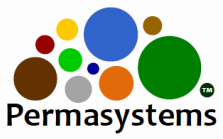
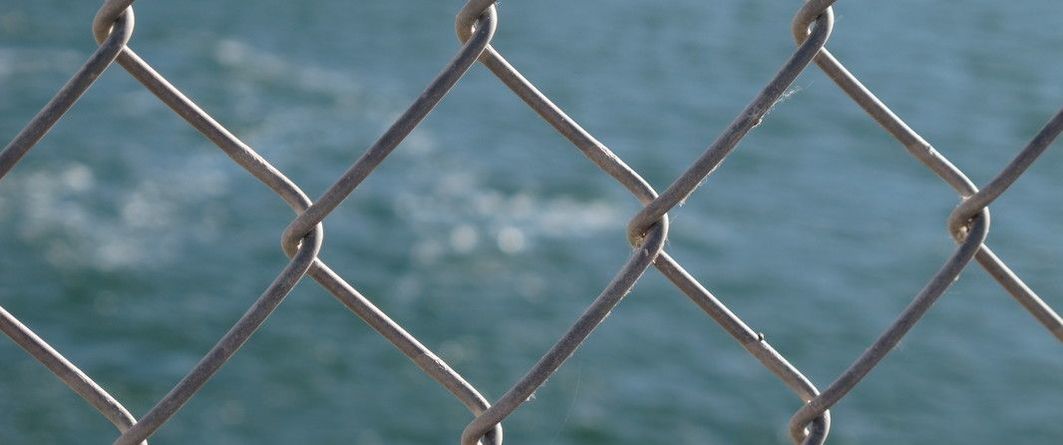
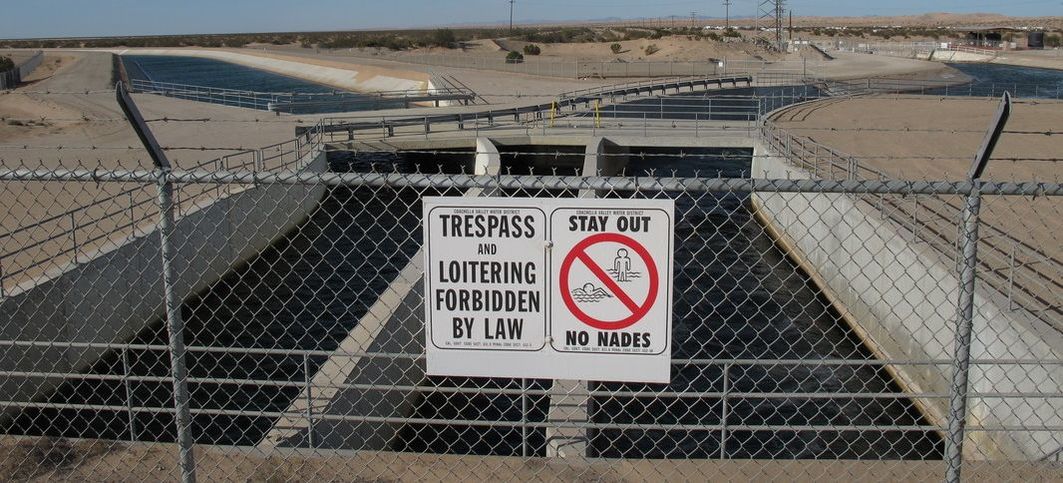
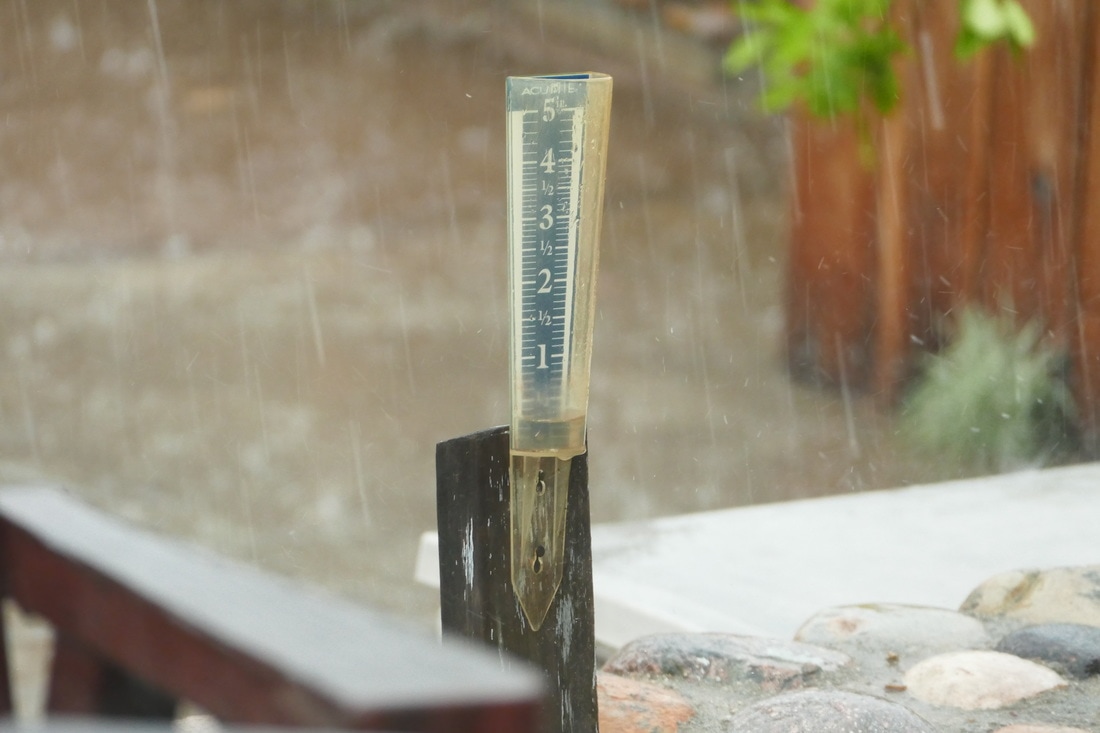


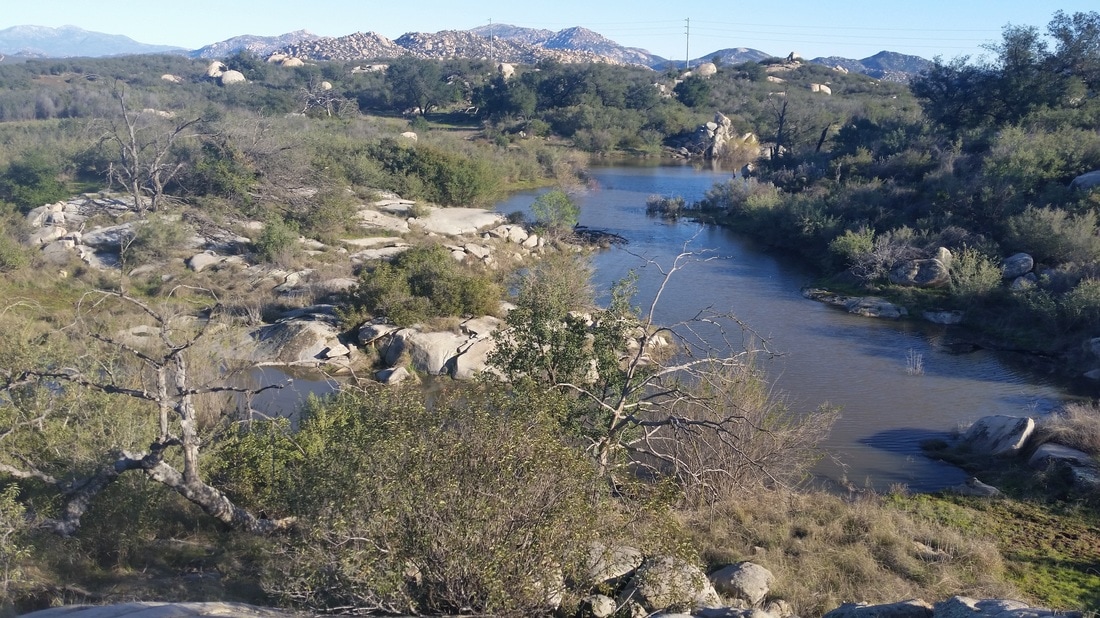
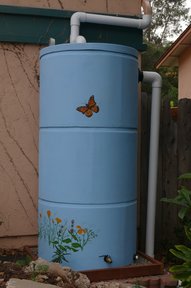
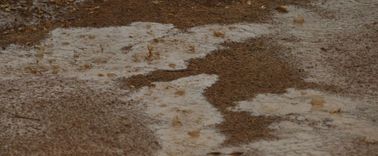


 RSS Feed
RSS Feed